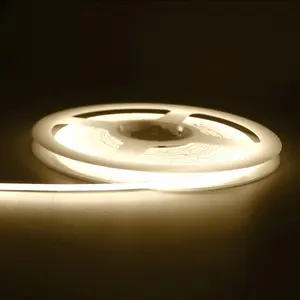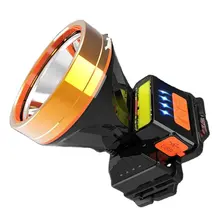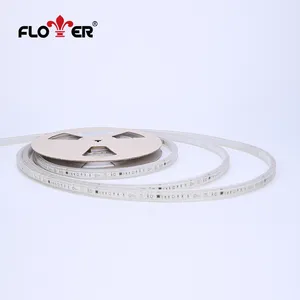Understanding COB LED Test
Chip-on-Board (COB) LED technology represents a significant advancement in LED lighting. The COB LED test process is crucial for ensuring the performance and longevity of these lights. COB LEDs are known for their uniform light distribution and enhanced thermal management, which make them suitable for a variety of lighting applications.
Types and Applications of COB LEDs
COB LEDs come in various types, each designed to cater to specific applications. From residential lighting to commercial spaces like hotels and landscapes, COB LEDs are versatile. Their application extends to specialized grow lights, which benefit from the COB LED's efficient light spectrum for plant growth.
Features of COB LED Technology
The features of COB LED technology include a compact footprint and a high-intensity light output, which is ideal for creating bright and vibrant environments. Unlike traditional LEDs, COB LEDs have multiple LED chips packaged together, which allows for a higher density of light and reduces the space required for LED arrays.
Materials and Construction
The construction materials of COB LEDs play a vital role in their performance. Common materials include aluminum alloy, which provides excellent heat dissipation, glass, and stainless steel for durability. The choice of material affects the thermal management and overall lifespan of the COB LED units.
Advantages of COB LEDs
The advantages of using COB LEDs are numerous. They offer a superior lumen-per-watt ratio compared to other LED technologies, which translates to energy savings. Additionally, their design allows for a more controlled beam angle, enhancing the lighting effectiveness in targeted areas.
Choosing the Right COB LED Test Options
Selecting the right COB LED test options requires understanding the specific needs of your application. Whether it's for general lighting or specialized purposes, the testing process ensures that the COB LEDs meet the required performance standards. It's important to consider factors such as control options, like app control, and the construction material that best suits the environment where the COB LED will be used.







































 浙公网安备 33010002000092号
浙公网安备 33010002000092号 浙B2-20120091-4
浙B2-20120091-4